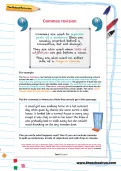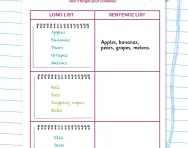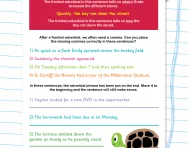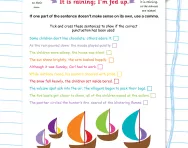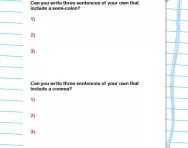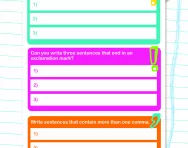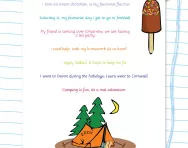Important update from TheSchoolRun
For the past 13 years, TheSchoolRun has been run by a small team of mums working from home, dedicated to providing quality educational resources to primary school parents. Unfortunately, rising supplier costs and falling revenue have made it impossible for us to continue operating, and we’ve had to make the difficult decision to close. The good news: We’ve arranged for another educational provider to take over many of our resources. These will be hosted on a new portal, where the content will be updated and expanded to support your child’s learning.
What this means for subscribers:
- Your subscription is still active, and for now, you can keep using the website as normal — just log in with your usual details to access all our articles and resources*.
- In a few months, all resources will move to the new portal. You’ll continue to have access there until your subscription ends. We’ll send you full details nearer the time.
- As a thank you for your support, we’ll also be sending you 16 primary school eBooks (worth £108.84) to download and keep.
A few changes to be aware of:
- The Learning Journey weekly email has ended, but your child’s plan will still be updated on your dashboard each Monday. Just log in to see the recommended worksheets.
- The 11+ weekly emails have now ended. We sent you all the remaining emails in the series at the end of March — please check your inbox (and spam folder) if you haven’t seen them. You can also follow the full programme here: 11+ Learning Journey.
If you have any questions, please contact us at [email protected]. Thank you for being part of our journey it’s been a privilege to support your family’s learning.
*If you need to reset your password, it will still work as usual. Please check your spam folder if the reset email doesn’t appear in your inbox.
Commas revision
Commas are used to separate parts of a sentence (they are usually inserted before a connective, but not always). They are also used when lists of adjectives are put before a noun. They are also used on either side of a drop-in clause. Put the commas in where you think they should go in this passage.
What are the rules for using commas?
In primary school, children start learning about commas. Commas help make sentences clear and fun to read. Here are some simple rules about using commas that your child will learn:
- Lists: commas help separate things in a list. For instance: I love ice cream, cake and cookies.
- Describing: if you're describing something with more than one word, such as the big, fluffy cat, use a comma between the adjectives (or describing) words.
- Starting sentences: when you start a sentence with an introductory phrase or clause, such as After school, or In the morning, you need a comma after it.
- Combining sentences: when you have two sentences that you want to put together using words like and, but, or so, you'll need a comma before those words.
- Talking to someone: when you're talking directly to someone or something in a sentence, you use a comma. For instance, "Hi, Mum!"
How will this commas revision worksheet help my KS2 child?
This teacher-created resource reminds your child of some of the basic comma rules, with a clear example and fun activity to help consolidate their understanding and prepare them for comma activities at school.
Use TheSchoolRun to find more information about commas or challenge your child with our Proofreading: adding commas worksheet.
